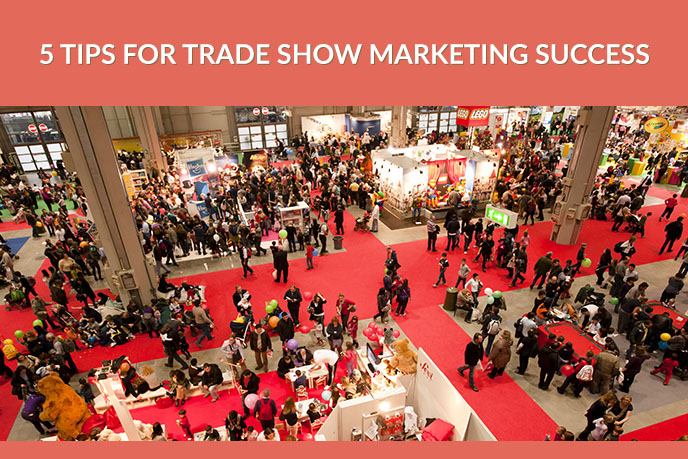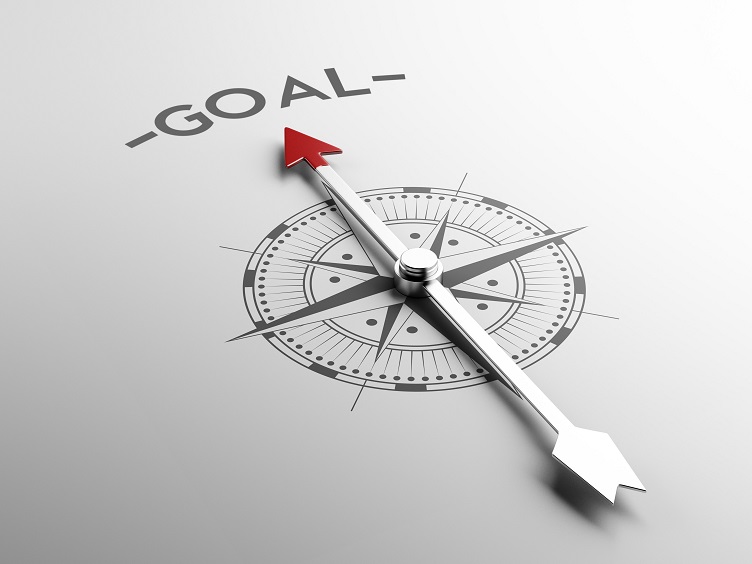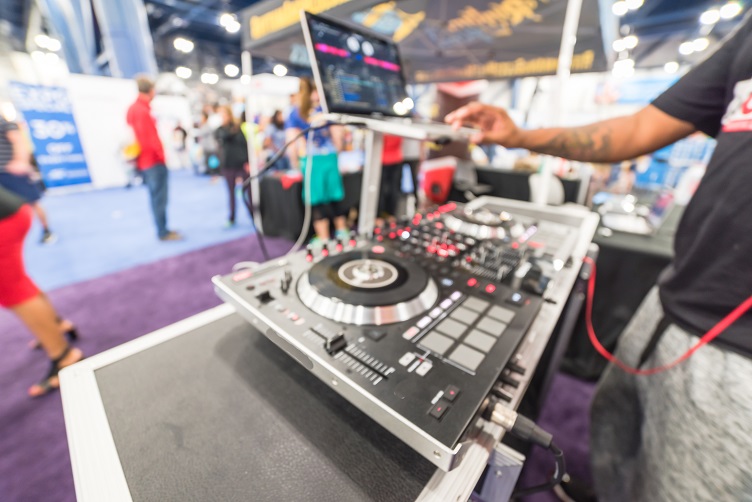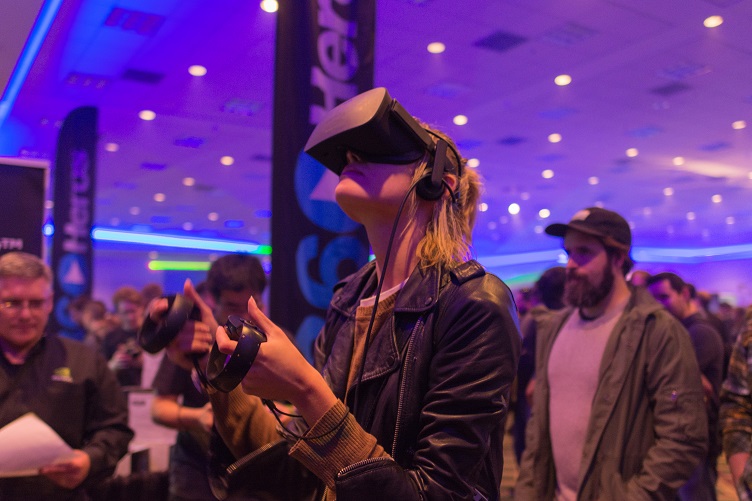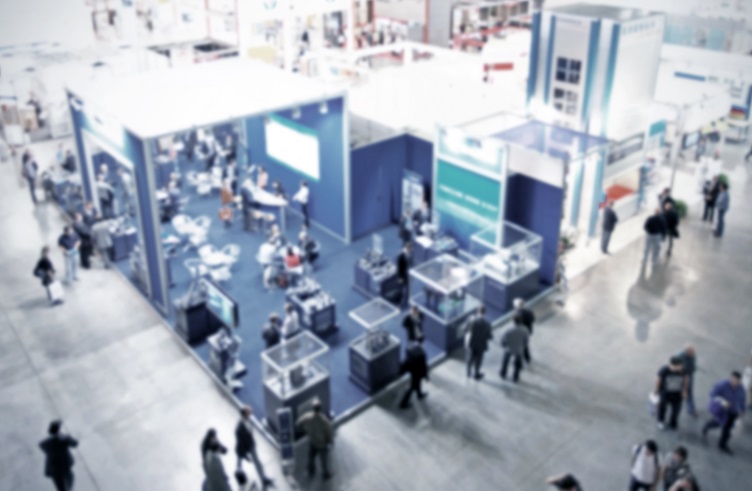Trade Show Marketing: 5 Tips For Product Brands
Participating in trade shows is essential for any brand’s successful marketing strategy. These events allow manufacturers to interact face-to-face with numerous existing and potential clients as well as investors. The approach of reaching out to the target audience at expos is both effective and budget-friendly for brands. The stats show that the cost of a personal meeting with a customer at a trade show is $142, as compared to $259 for one happening at an office.
Expos offer many great opportunities for any manufacturer’s business. Marketing a product launch is a major reason why a lot of companies choose to participate in exhibitions. Other reasons include raising brand awareness, establishing contacts with new prospective clients, strengthening relations with existing customers, and solidifying the company’s position and recognition in its industry.
So, how to make the most of an expo? For this, product brands must use effective trade show marketing techniques prior, during, and even after the event. Join us and learn 5 tips that will help achieve stellar results from taking part in expos!
#1. State clear goals before the event
The first question that a manufacturer needs to answer before participating in a trade show is what is the purpose of doing it. Maybe it is attracting new clients? Or renewing and strengthening relations with already existing customers? Or maybe a manufacturer wants to create a buzz around a hot new product?
Trade show marketing can help with all of the above. However, the manufacturer needs to prioritize what is important to them in the present moment. It helps direct efforts in the right way. For this, a company should set goals that are specific and measurable. As an example, instead of just trying to “boost sales”, a manufacturer can plan to sell 50 items from a new collection. This way, company representatives can focus specifically on achieving this aim and easily measure success afterward.
#2. Plan activities at a trade show
Now that goals are set, it is time to carefully plan the activities of a brand’s representatives at the event. This includes choosing the staff members from sales, marketing and development who will be participating, and distributing roles among them. It is a wise move to select those who have the best communication skills.
It’s a good idea to offer some entertainment to the visitors of an expo. People can easily get bored while walking from one booth to another for a few hours. So, they will appreciate if a brand offers them taking part in some fun activities. These can be thematic workshops, contests, or games.
The brand will also need to think about trade show marketing aspects like the design of the booth, products for demonstration, and the materials to be distributed to prospects— brochures, flyers, business cards, and so on. A display and handouts must help a manufacturer stand out. That is why a trade show display should look eye-catching and stylish. Also, a brand should make sure that brochures and flyers include valuable information, high-quality visual materials, and are written in a simple and interesting language.
#3. Make use of innovative technologies
92% of people attending a trade show come to learn about new products. Which makes any expo a brilliant platform for a product launch. That is why many manufacturers choose to present their new developments at such events. However, it’s a great option if the item is already produced. But what if the development is brand new and exists only on drawings, and there is no time to refine and manufacture it before the show?
This is where innovations like 3D visualization come in. Professional 3D modeling firms can create photorealistic visuals for products that are currently in the design stage. Computer-generated images and videos can be used effectively in trade show marketing to showcase the whole product range in different colors, shapes, sizes, and from different angles. They can also display the functionality and internal structure of the products.
What’s more, 3D modeling paves the way for using cutting-edge technologies like augmented and virtual reality. AR allows prospects to see realistic full-size 3D models of items projected on the real environment. As for VR, it can provide trade show attendees with a unique and immersive experience of interacting with a product in a digital environment. This will surely impress potential buyers and motivate them to engage with a brand further.
#4. Develop new skills during a trade show
Taking part in an expo is not just about promoting and selling products for a manufacturer. According to 57% of brands, their staff gained sales skills from exhibiting. Expos help a company’s employees learn the importance of being on-ground ambassadors and making use of every opportunity to clinch a sale. This way, their trade show marketing efforts can save on upskilling and training costs. So, the company’s representatives need to recognize that expos are a brilliant platform to upgrade professional skills and learn the art of communicating with clients. The more employees learn during a trade show, the better they will do at the upcoming ones.
#5. Cement new contacts and analyze the results after the event
Just because a trade show has ended, it does not mean that the work of the manufacturer is over. There is still much to do to strengthen new contacts and measure success.
This includes following up on new leads through phone calls and emails. In such a way, a company can express gratitude to new prospects for paying interest to its products. What’s more, a follow-up call or a message can invite them to subscribe to a firm’s newsletter, visit its website, take part in webinars, and so on.
Also, the team should get together and analyze the outcome of the exhibition. They should discuss both victories and faults, decide how to address the latter, and review current strategies. All these actions are integral parts of a successful trade show marketing. They are essential for getting even better results in the future.
To maximize the effectiveness of participation in a trade show, a brand needs to follow five simple rules. It should state clear goals, carefully plan its performance at an event, and involve innovative technologies. Also, a manufacturer’s employees should develop new skills during an expo, cement a relationship with new leads to turn them into clients and analyze the overall success after an event is over.
Need professional 3D modeling and rendering services for trade show marketing? Contact UFO3D and we will provide you with top-notch CG visuals to shine at any expo!

